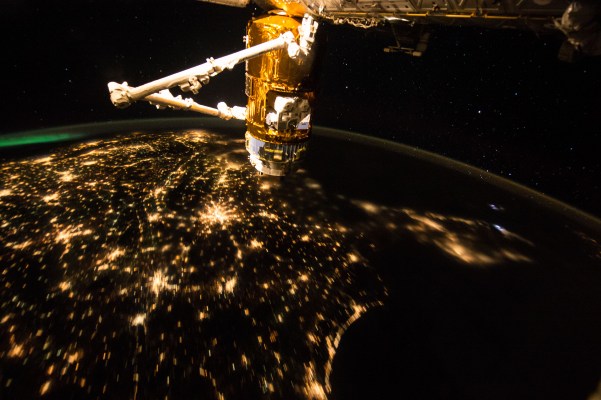When former International Space Station Commander Scott Kelly steps out of a Soyuz descent module on the Kazakhstan steppe at around 8.30PM PST later today, after 340 days on the International Space Station, he will have spent more continuous time in space than any other American astronaut.
You probably best know the 52-year-old former United States Navy test pilot from his prolific photography, including an Instagram feed full of incredible shots of the Earth and other celestial bodies, from arguably one of the greatest vantage points around.
Kelly was at the ISS as a part of a joint U.S.-Russian collaborative biomedical experiment on the impacts of prolonged spaceflight on the human body. Called the ‘One-Year Mission’ and proposed by Roscosmos, the mission paired Kelly with Russian Cosmonaut Mikhail Kornienko and aimed to extend and modernize earlier Russian work on the physiological effects of extended spaceflight.
While better understanding the impacts of prolonged microgravity on the human body is vital for any future developments and progress in space travel, it’s worth noting that NASA briefing documents stress that the mission was not meant to “mimic any specific future exploration-type mission.”
The mission aims to investigate seven broad biomedical issues associated with space travel, including increased risk of osteoporosis and muscle atrophy, sensory dysfunction, nutritional sustainability, and long-term adaption risk. Another area of investigation is autonomous medical care; being able to diagnose medical issues and administer treatment onboard is a vital need that needs to be investigated, especially on long missions whose “turnaround” return trajectories are measured in months or even years.
While the highest-profile part of the mission is the prolonged spaceflight, the experiment Kelly and Kornienko are subjects of is a three-year endeavor. Fluid samples, including blood, saliva, and urine that were taken at regular intervals before, during, and after their spaceflight are going to be subjects of intense investigation. Some samples from the pair will not return to Earth with the pair today, instead hitching a ride to Earth on a SpaceX Dragon spacecraft later in the year.
Kelly’s twin brother Mark was also an astronaut who went to space on several Shuttle missions. The brothers are also part of the Twins Study, a national collaboration between researchers and academics at 12 universities and across several NASA labs. The study is intended to improve NASA’s abilities in personalized medicine, and having Mark Kelly on the ground as a control subject in the study will likely yield invaluable and novel data on the more subtle impacts of spaceflight.
While photography from the ISS’s cupola module was not Kelly’s primary mission, his prolific, inspiring work will likely have far-reaching implications, especially because of his choice of platform. Whether or not he intended it, using Instagram no doubt worked wonders to increase general interest in science, technology, and engineering.
With over 18,300 people applying to be a part of NASA’s latest astronaut class, we can only hope that this is just the beginning.
